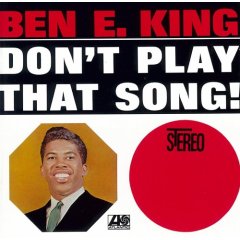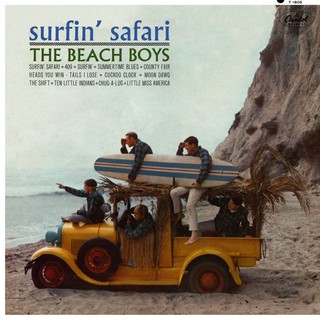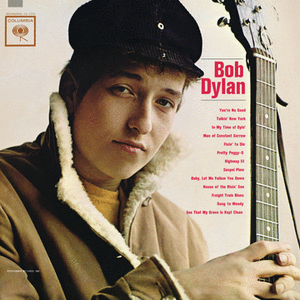“The ’59” 2018 #031: 180131
The Platters – Song for the Lonely (1962)
:format(jpeg):mode_rgb():quality(40)/discogs-images/R-5610185-1455910521-5970.jpeg.jpg)
The Platters formed in Los Angeles in 1952 and were initially managed by Federal Records A&R man, Ralph Bass. The original group consisted of Alex Hodge, Cornell Gunter, David Lynch, Joe Jefferson, Gaynel Hodge and Herb Reed, who joined the group after he was discharged from the Army in December 1952. Reed also created the group’s name.
In June 1953, Gunter left to join the Flaires and was replaced by lead vocalist Tony Williams. The band then released two singles with Federal Records, under the management of Bass, but found little success. Bass then asked his friend music entrepreneur and songwriter Buck Ram to coach the group in hope of getting a hit record. Ram made some changes to the lineup, most notably the addition of female vocalist Zola Taylor; later, at Reed’s urging, Hodge was replaced by Paul Robi. Under Ram’s guidance, the Platters recorded eight songs for Federal in the R&B/gospel style, scoring a few minor regional hits on the West Coast, and backed Williams’ sister, Linda Hayes. One song recorded during their Federal tenure, “Only You (And You Alone)”, originally written by Ram for the Ink Spots, was deemed unreleasable by the label, though copies of this early version do exist.
Despite their lack of chart success, the Platters were a profitable touring group, successful enough that the Penguins, coming off their No.8 single “Earth Angel”, asked Ram to manage them as well. With the Penguins in hand, Ram was able to parlay Mercury Records’ interest into a 2-for-1 deal. To sign the Penguins, Ram insisted, Mercury also had to take the Platters. The Penguins would never have a hit for the label, but The Platters were altogether more successful.
“It’s Magic”, from their 1962 album ‘Song for the Lonely” was written by Jule Styne, with lyrics by Sammy Cahn. The song was introduced by Doris Day in her film debut, ‘Romance on the High Seas’ (known in the UK as ‘It’s Magic’ after the song), and was published in 1947.


:format(jpeg):mode_rgb():quality(40)/discogs-images/R-1147926-1383884424-7479.jpeg.jpg)




:format(jpeg):mode_rgb():quality(40)/discogs-images/R-5143121-1430508654-9042.jpeg.jpg)

:format(jpeg):mode_rgb():quality(40)/discogs-images/R-2926114-1440482644-7624.jpeg.jpg)